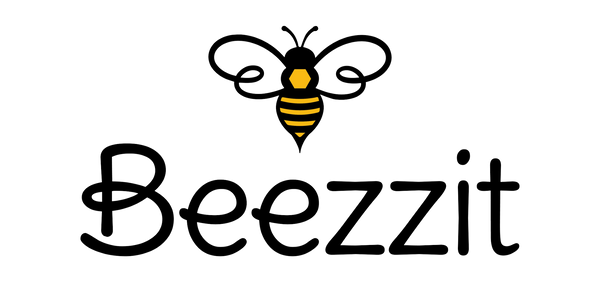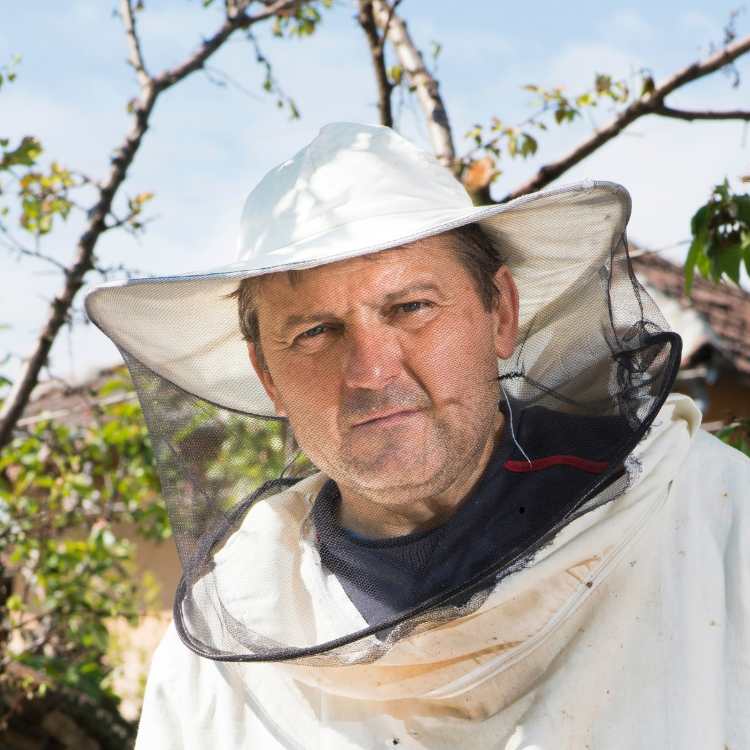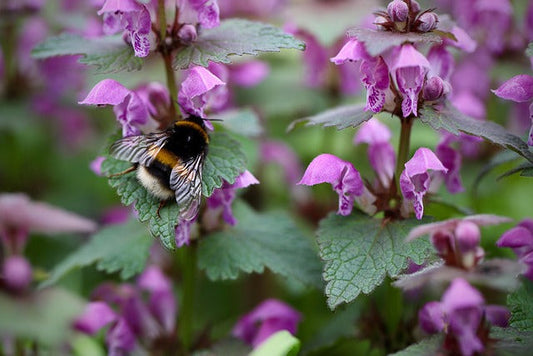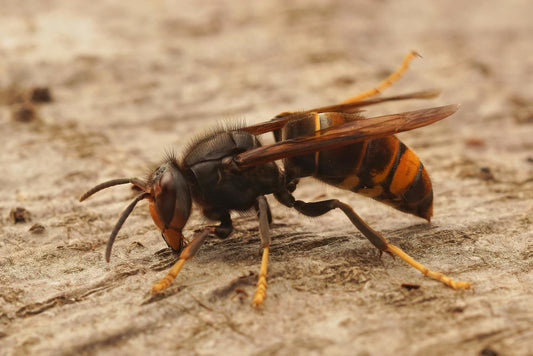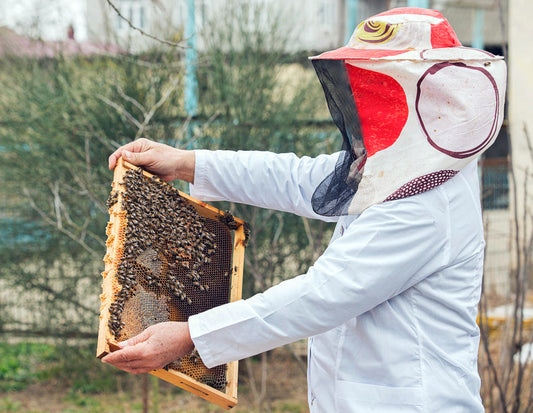While I spend most of my time with honeybees, people often have come up to me and ask me a fascinating question. What about bumblebees? Do bumblebees make honey? The short answer is yes. But it is not the way honeybees do.
Bumblebees have their own unique method of storing nectar, and although it may not look like the jars of golden honey in your kitchen, it plays a critically important role in their survival.
Let’s break this down for you step by step.
What is honey?
First, we need to define what honey is. Honey is made from nectar collected from flowers by honeybees, which is then mixed with enzymes, and the water content is reduced until it becomes a thick, sugar-rich food.
We define honey as a product of the European Honeybee (Apis mellifera). From a biological perspective, however, honey is simply nectar processed and stored by social bees to feed their colony.
So when you ask me, “Do bumblebees make honey?" what you are really asking is “do they process nectar into a stored, sugar-rich food for their colonies?"

How bumblebees handle nectar
Unlike the honeybee, bumblebees don’t make large combs. Inside a bumblebee nest, you will find small, waxy storage pots. Workers fill these pots with nectar collected from flowers.
Here is what happens behind the scenes
- The nectar is regurgitated into storage cells.
- Bumblebees will then add enzymes that start breaking down complex sugars.
- Some evaporation reduces water content, but not to the same extent as honey bees.
- The resulting liquid remains more dilute than honeybee honey.
So their version of honey is much less concentrated and usually consumed quickly by the colony. This is not meant for long-term storage.
Why bumblebee honey is different from honeybee honey
They differ primarily in how they construct their colonies and their strategies for surviving. Honeybees build perennial colonies that must survive harsh winters. To survive, they make stockpiles of honey; honey can preserve itself for months or even years.
Bumblebees, on the other hand:
- Live in much smaller colonies that usually last only one season.
- Focus on short term food storage since they don’t need to worry about feeding thousands of bees through winter.
- Store “just enough” honey to keep the workers and developing brood nourished.
This answers the question: Do bumblebees make money like honeybees? Functionally, yes, but in practice, no. Bumblebee honey is not produced in bulk, and it has a much higher water content, which makes it unsuitable for human storage and consumption.

Honeybee on left and bumblebee on right
The taste of bumblebee honey
Curious beekeepers like myself and researchers describe bumblebee honey as sweet, but less thick than traditional honey. Since it is not thoroughly dehydrated, it can ferment quite quickly. That’s the main reason you will rarely find it harvested or sold commercially. Think of it as a honey that is only meant for the bumblebees.
Quick facts about bumblebee honey
Research into bumblebee honey is still limited. But here are a few key facts that you should definitely be aware of.
- Nectar concentration in bumblebee storage averages 20 to 40 percent sugar compared to 70 to 80 percent in honeybees.
- Because of this, bumblebee honey ferments within days if left exposed.
- The evolutionary goal is colony efficiency and not mass food storage.
From an ecological standpoint, do bumblebees make honey that plays the same survival role as honeybee honey? Yes. It sustains their colonies during rainy days or when flowers are scarce.
Comparing bumblebees, honeybees, and stingless bees
Let’s put this into perspective.
- Honeybees: Produce large quantities of thick, long-lasting honey. Essential for overwintering.
- Stingless bees (Meliponini): Produce a thicker honey prized in indigenous cultures of Central and South America.
- Bumblebees: Produce small amounts of dilute honey, consumed quickly by the colony.

Meliponini
The final answer
Years of observing bees, and I can confidently say this: do bumblebees make honey? Yes, but it is not of the same variety that we are used to. They produce a nectar-derived, enzyme-altered liquid that functions exactly like honey within their colonies. Even if it does not meet human definition. Bumblebee honey is nature’s short-term energy store, perfectly adapted to their life cycle. This is a reminder to us all that honey does not come as one consistent product but is a range of adaptations across various bee species.
For more interesting stories and insights from the fascinating world of bees, please consider following my full blog here.
